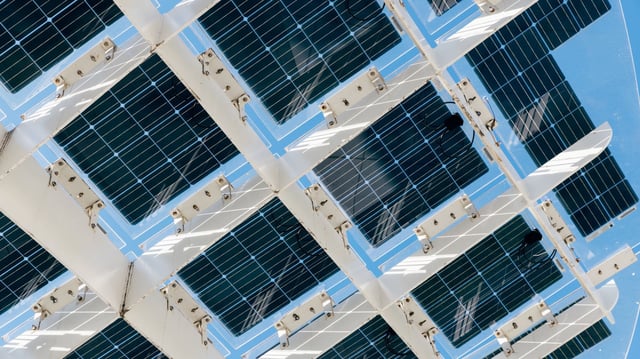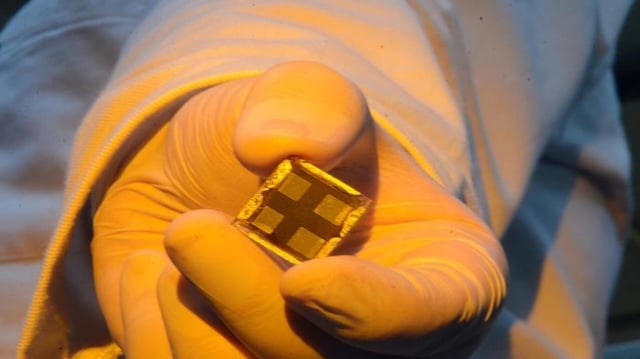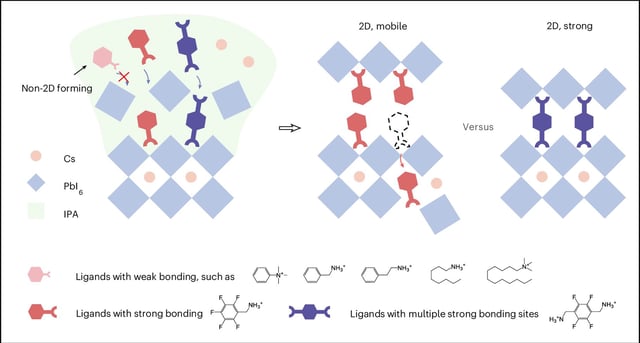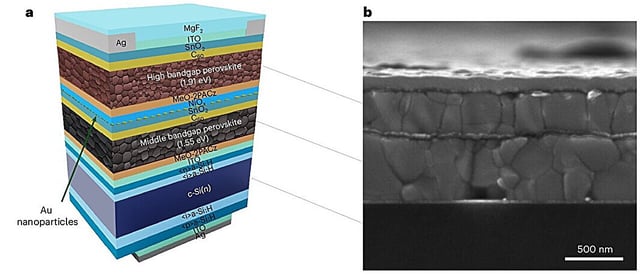Overview
- The University of Sydney reported a certified 23.3% steady-state efficiency on a 16 cm2 triple‑junction perovskite–perovskite–silicon device, alongside 27.06% on a 1 cm2 cell published in Nature Nanotechnology.
- The 1 cm2 tandem passed the IEC Thermal Cycling test across 200 cycles from −40°C to 85°C and maintained 95% of its performance after more than 400 hours of illumination.
- Performance and stability gains came from targeted materials and interface engineering, including rubidium in place of methylammonium, piperazinium dichloride surface treatment, and optimized gold nanoparticles between perovskite junctions.
- Kaunas University of Technology reported fully inorganic perovskite cells exceeding 21% efficiency and mini‑modules near 20%, with stable operation for over 950 hours at 85°C under continuous light, as detailed in Nature Energy.
- Researchers say these peer‑reviewed, independently verified results narrow the gap to deployment, though multi‑year outdoor data and module‑scale manufacturing remain key hurdles.



